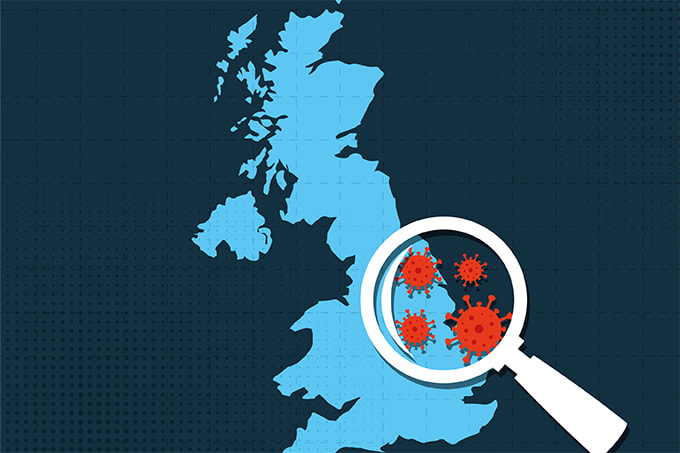When COVID-19 first hit, Montefiore-Einstein’s pandemic response team took on the task of implementing diagnostic COVID-19 testing. To that end, they developed and evaluated an ELISA that measured IgG and IgA antibodies to the SARS-CoV-2 spike (S) protein (1). This assay, the subject of a laboratory-developed test application, was transferred to the clinical laboratory and also used in a study of convalescent plasma as a therapeutic agent for COVID-19.
“The most common issue in SARS-CoV-2 testing and interpretation is understanding the antigen used for the test and how it relates to vaccination response,” says response team member Louis M. Weiss, who was part of a team that investigated the accuracy, reliability, and discordance in SARS-CoV-2 testing platforms (2). He explains, “It is critical to understand the parameters of testing and what a test means in a clinical setting to provide useful information to our clinical colleagues. Given the urgency to develop these tests and lack of standardized material during the early stages of the pandemic, most SARS-CoV-2 IgG antibody tests were developed and approved as qualitative assays with a positive or negative result reported based on a cutoff value.”
In response, the Montefiore-Einstein pandemic response team investigated tests in a real-world testing scenario in which patients are only tested once – and found a lower sensitivity with the current cutoff compared with published sensitivities on several of these commercial tests (3). “The assays evaluated performed well based on the sensitivity and specificity studies,” explains Weiss. “Their main shortcoming was their qualitative reporting. Discrepancy analysis demonstrated that patients who had grey zone results (i.e., just below the cutoff) on some assays had positive results on others. It should be appreciated, however, that all of the assays tested in this study performed well in identifying patients with past COVID-19 infection, which is the major role for these tests in the clinical setting.”

References
- RH Bortz 3rd et al., mSphere, 6, e00224 (2021). PMID: 33883259.
- SN Wontakal et al., Open Forum Infect Dis, 8, ofab144 (2021). PMID: 34316498.
- SK Forest et al., Arch Pathol Lab Med, 145, 929 (2021). PMID: 33821952.




